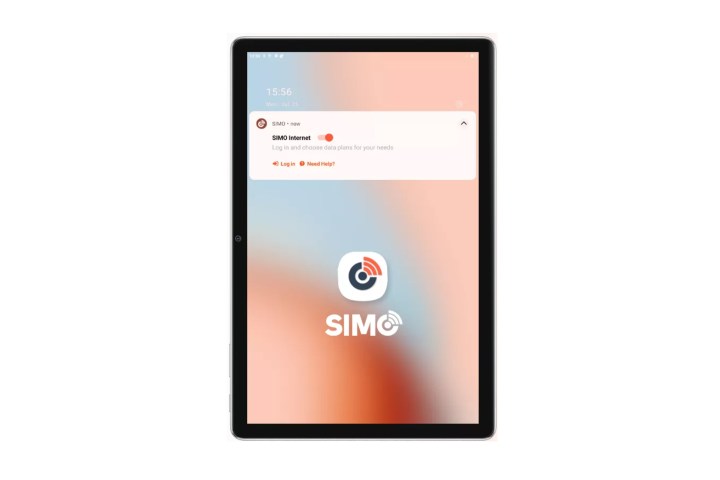Blackview is mostly known for making devices designed to withstand harsh treatment, and today the company announced the launch of a tablet that doesn’t require Wi-Fi or a SIM card for users to access the internet. The Tab 13 is a little bit different from the rest of Blackview’s lineup of sturdy devices as it doesn’t feature any of the protective layers that the company is known for. However, its internet connection options make it stand out for reasons all on its own.
Instead of relying on Wi-Fi or other sources of connection, the Tab 13 makes use of SIMO, a service that relies on a digital SIM card (also known as an eSIM) to keep devices connected. The exact specifications of how SIMO’s Wi-Fi and SIM card-less connection works aren’t entirely clear from the company’s website, but the Tab 13 promises painless and easy connection to SIMO subscribers in more than 135 countries across the world.

Although it doesn’t sport the same built-in protective measures as the rest of Blackview’s offerings, the Tab 13 falls in line with other Blackview products as a device perfect for traveling. Because of things like its SIM card-less connection, massive 7280mAh battery cell, and easily portable size, it could be a solid pick for those looking for a dependable tablet to take with them on the go.
Unfortunately, the rest of the Tab 13 specs aren’t much to write home about. It runs on Doke OS_P 3.0, which is based on Android 12, and sports the MediaTek Helio G85 chipset. There’s also 6GB RAM and 128GB of internal storage. The tablet features three cameras, but with how low resolution the 0.3MP lens is on the rear, it may as well just have two: an 8MP front-facing selfie lens and a 13MP rear camera that will undoubtedly do all the heavy lifting for the 0.3MP shooter it’s paired with.
While there’s a lot to be desired when it comes to the technical specs of the Tab 13, it’s not meant to be a flagship powerhouse. Instead, it’s aimed at travelers who aren’t looking to engage with the hassle of switching out SIM cards or finding solid Wi-Fi connections thanks to the SIMO features it comes paired with. It’s worth pointing out that to use SIMO, device owners will need to purchase a subscription, but luckily, plans are relatively cheap and certainly less involved than navigating multiple SIM cards.
Editors' Recommendations
- Every Android tablet we’re expecting in 2024
- Samsung just launched a secret Android tablet
- How to root Android phones and tablets (and unroot them)
- Is this the best cheap Android tablet of CES 2024?
- You should pay attention to TCL’s two new Android tablets




